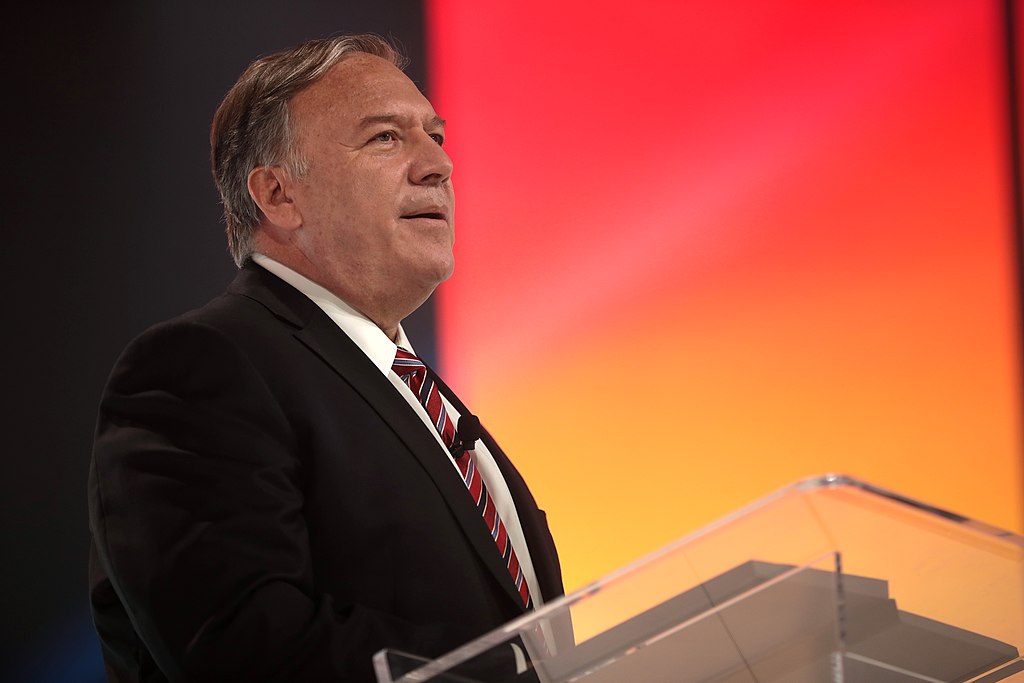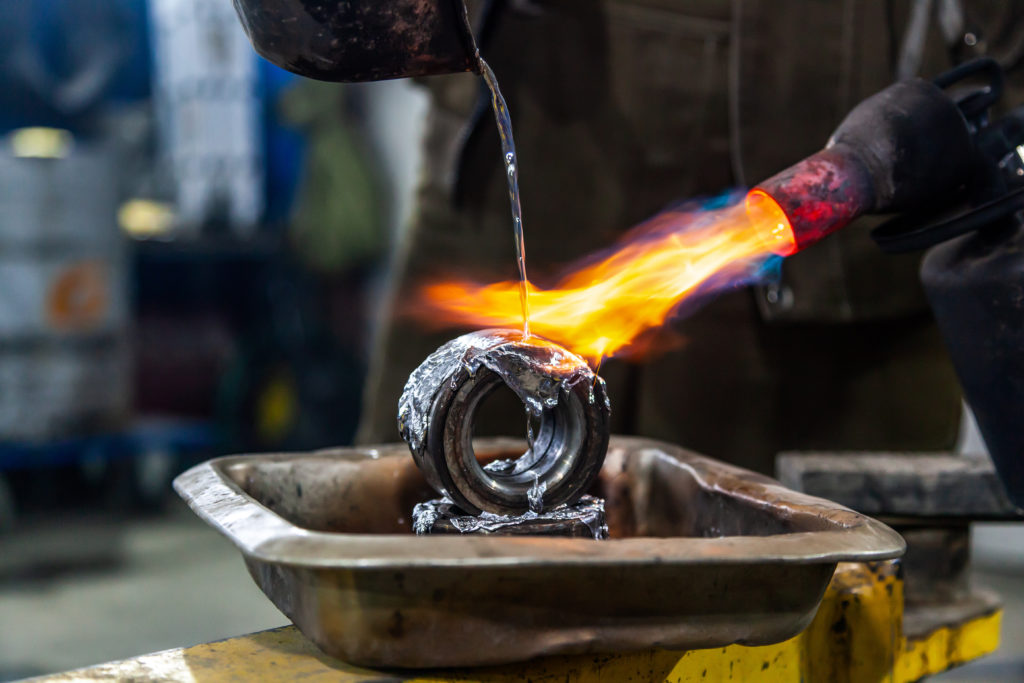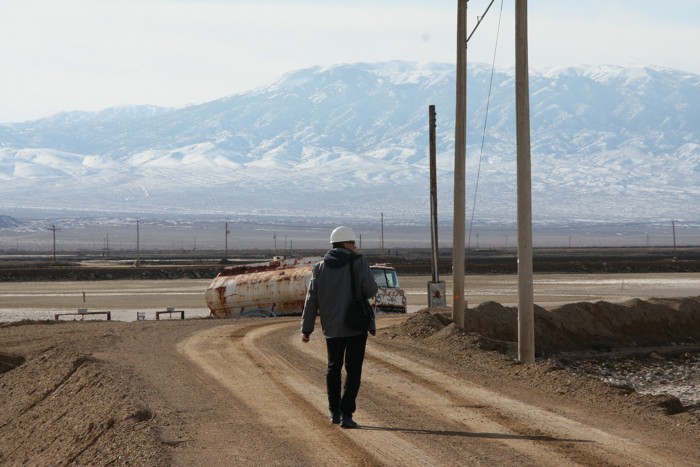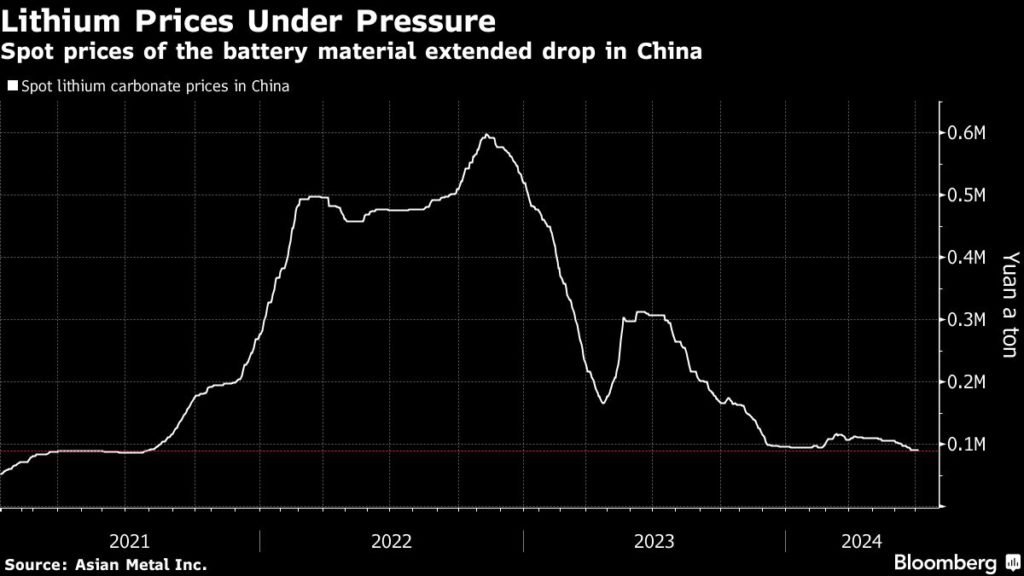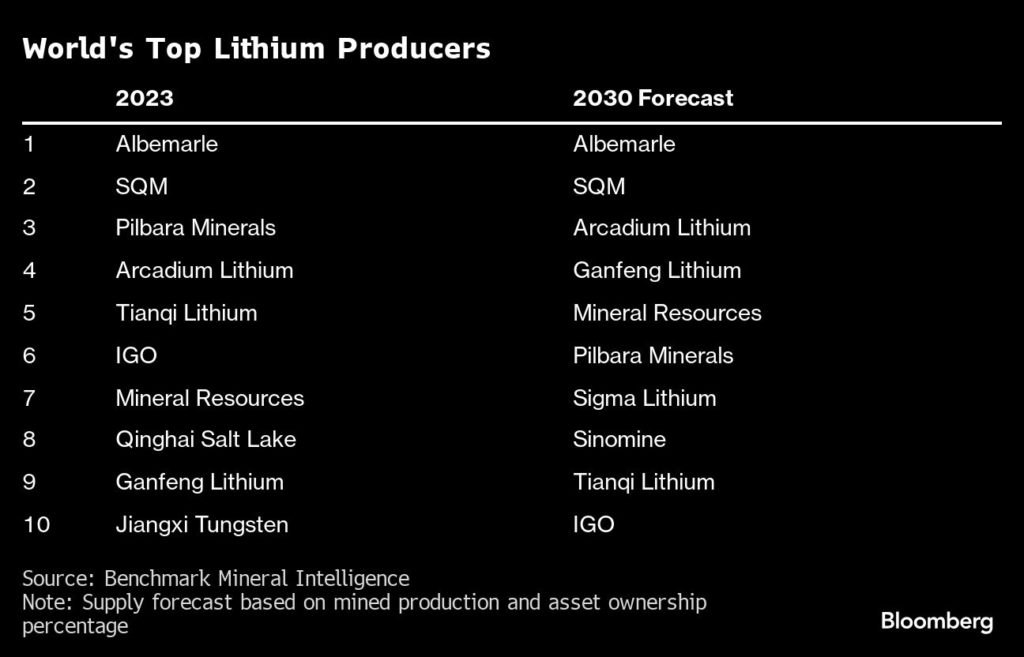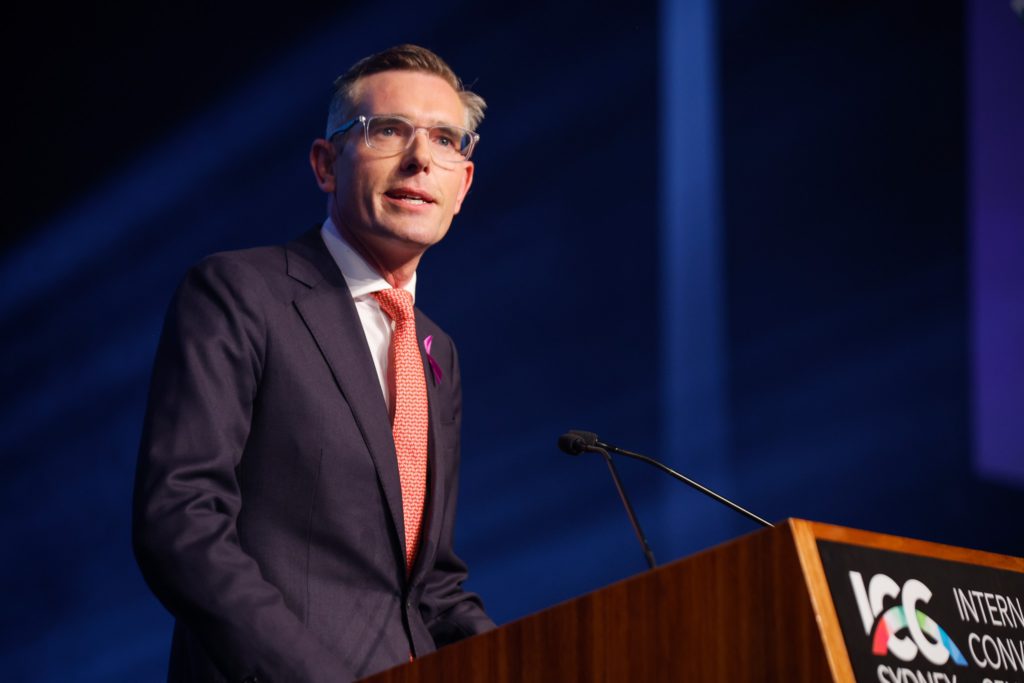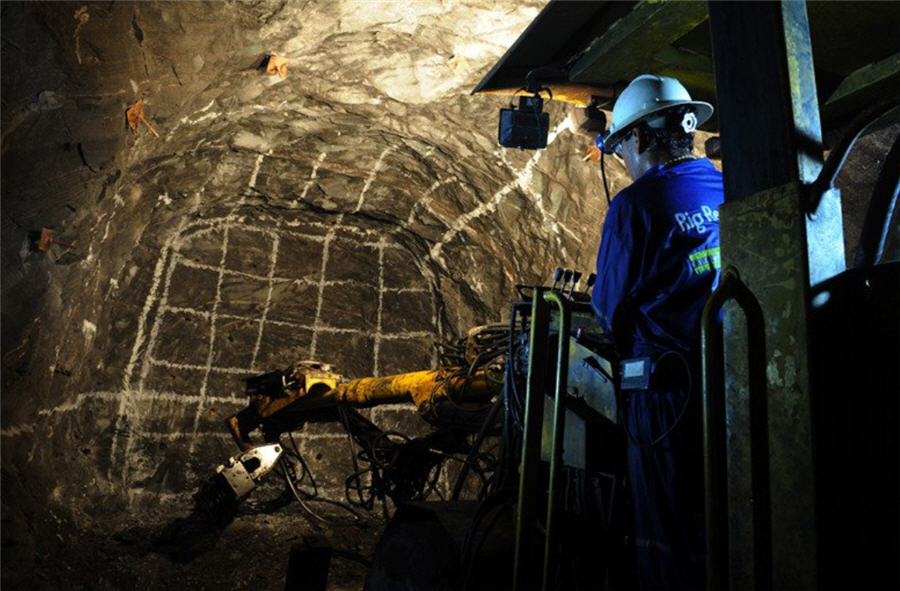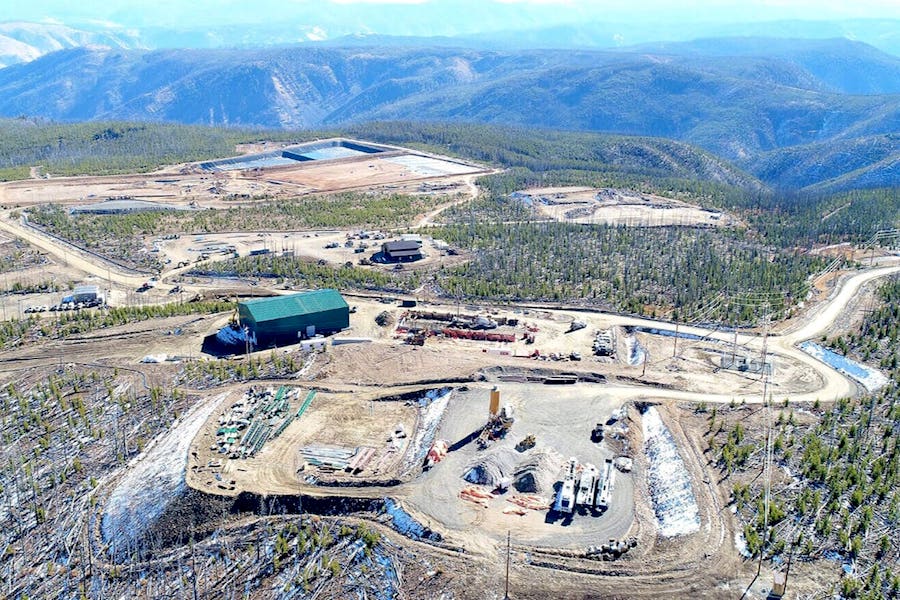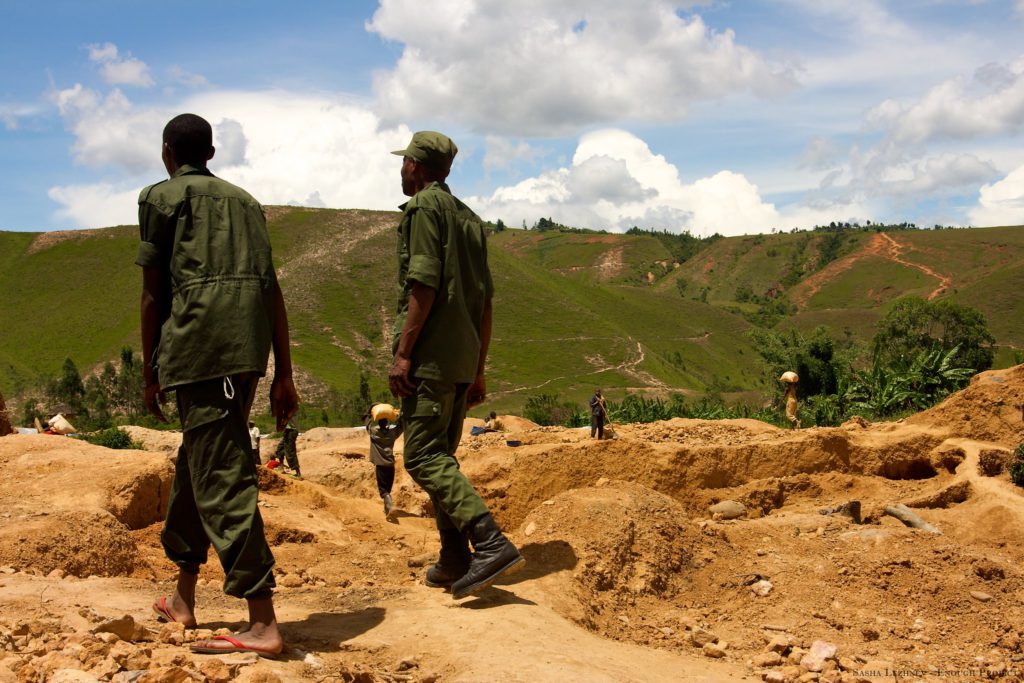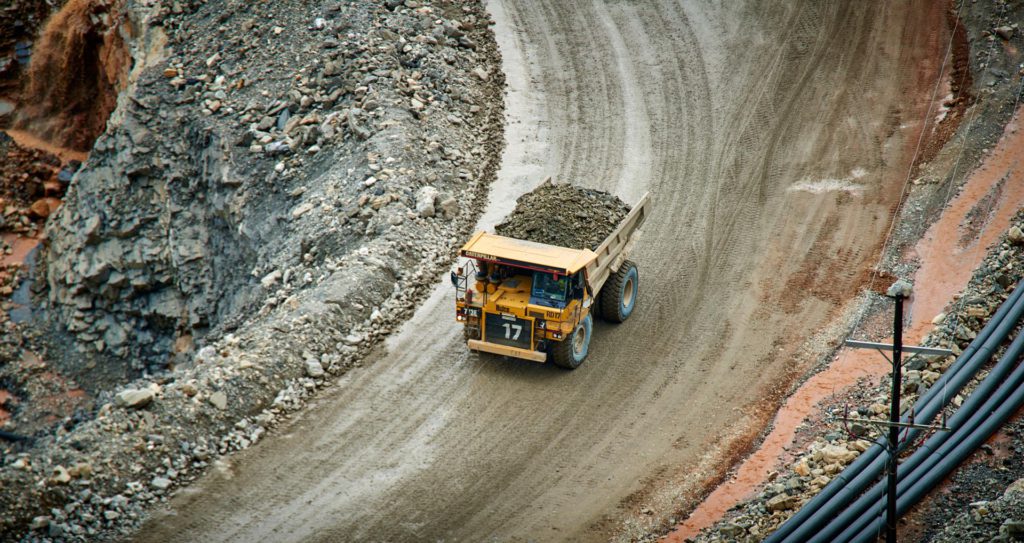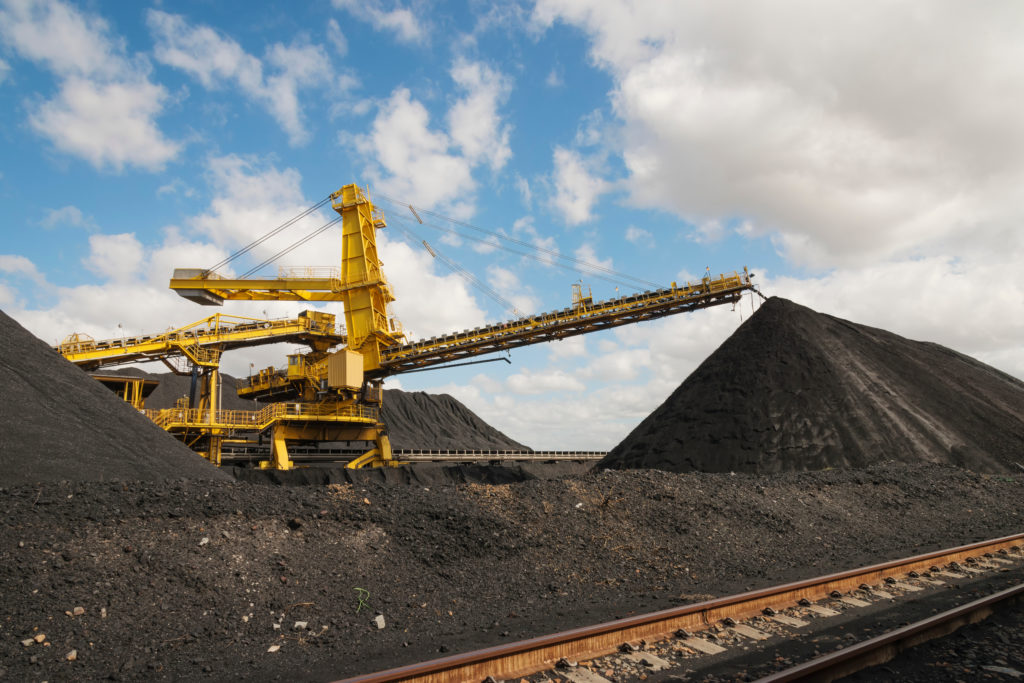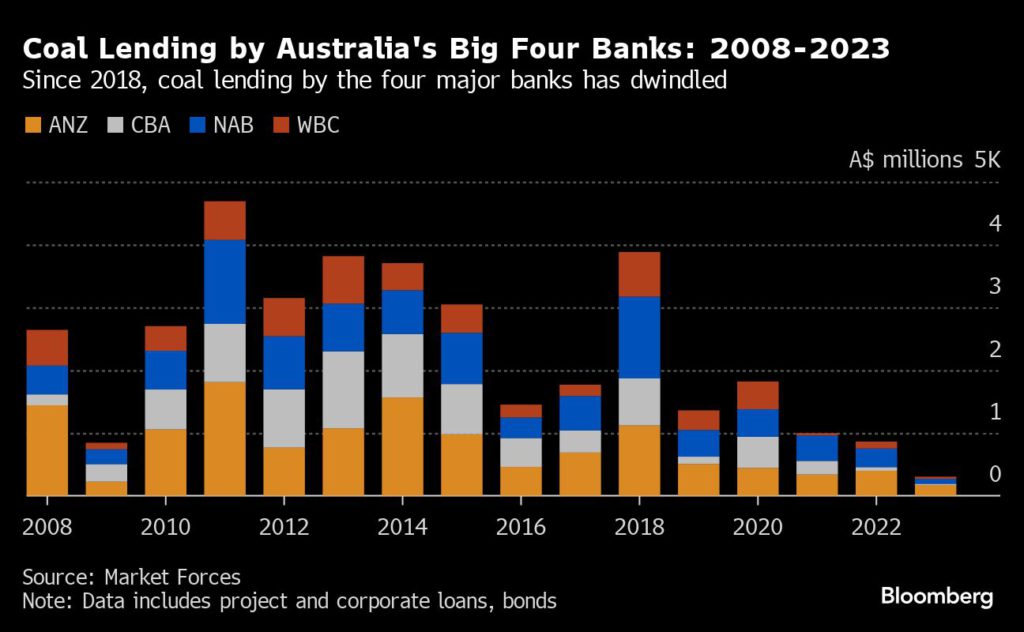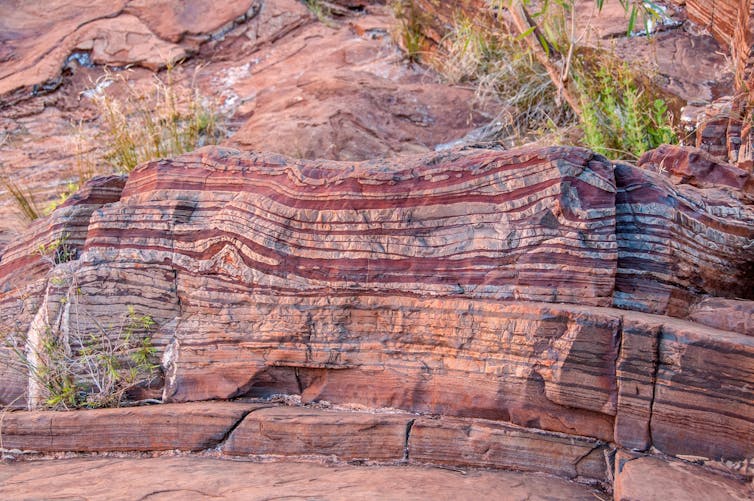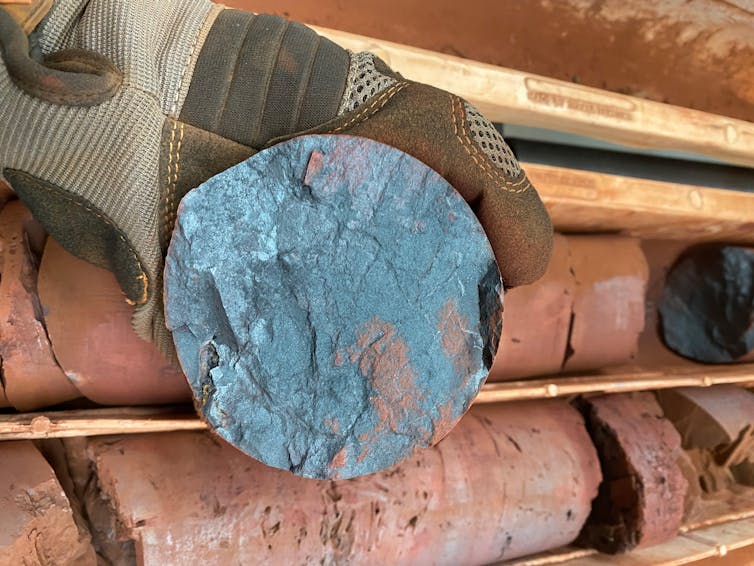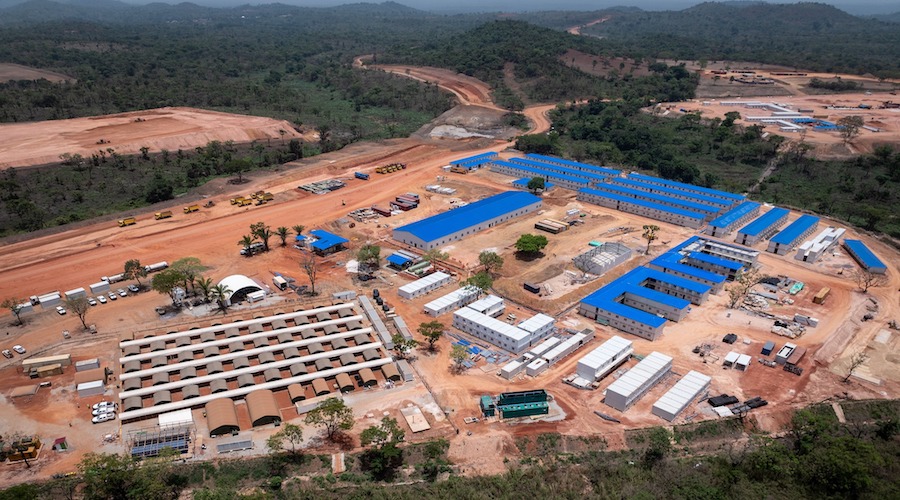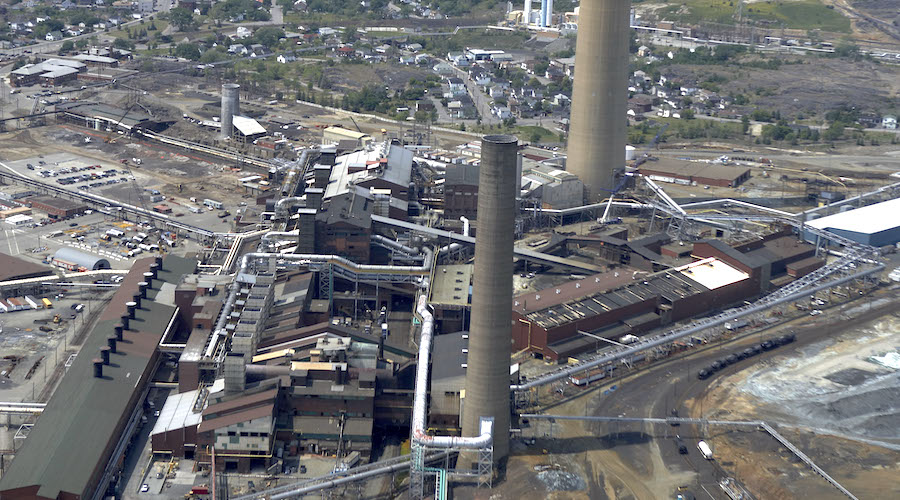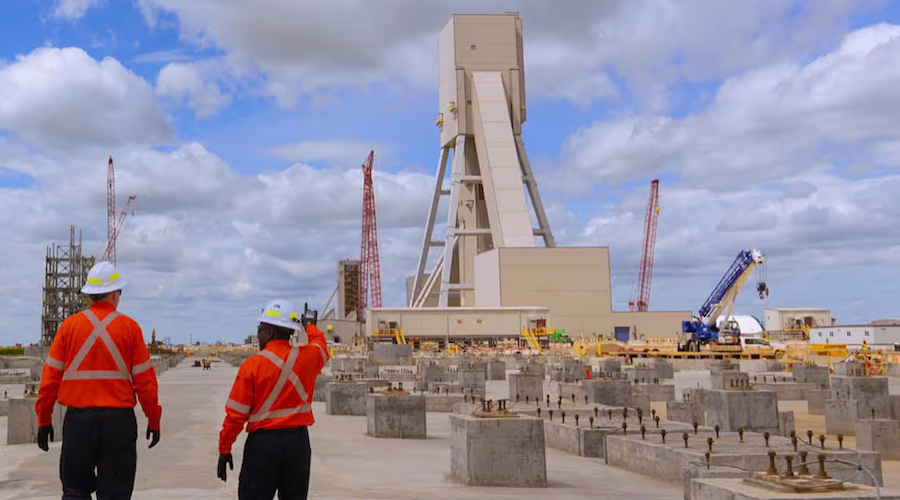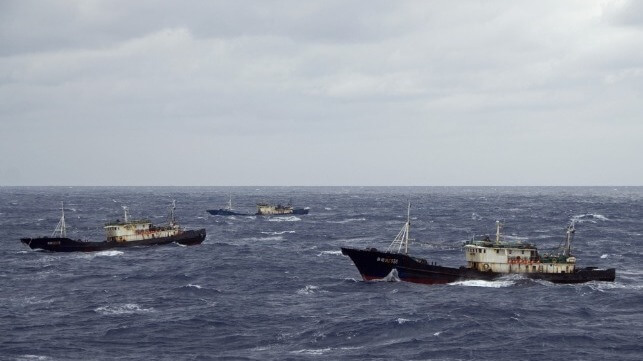Global fish catches are likely to plunge if the planet warms by just a few degrees, according to one of the most comprehensive attempts to model this understudied topic.
The projections are based on the quantity of fish in the sea, rather than focusing on catches. But the finding raises serious concerns for commercial fishers and coastal communities who rely on fish to feed themselves and their families.
Nearly 50 countries and territories face a reduction of 30% or more in their exploitable fish if warming reaches 3 to 4C above pre-industrial levels by the end of the century, according to a report launched by the UN’s Food and Agriculture Organization (FAO) last week.
Holding warming to 1.5 to 2C by achieving net-zero emissions around 2050 would stabilize losses to less than 10% for most countries and territories.
If every nation achieves its climate action targets, the world would still be on track for a global average temperature rise of 2.5 to 2.9C, according to a UN report from 2023.
The FAO research lead, Julia Blanchard, says fishers with effective management could adapt to likely losses under the 1.5-2C low-emissions scenario. But it would become “quite frightening” with the 3-4C high-emissions scenario.
Blanchard hopes her latest work will build an even stronger case for cutting emissions when policymakers update their climate action plans and targets, known as nationally determined contributions (NDCs). Nations are due to revise their NDCs by early 2025 under the Paris Agreement.
Fleeing fish means some nations suffer more
A warming ocean reduces nutrient flow from deeper waters to surface layers where many fish live. It decreases the amount of tiny organisms, known as phytoplankton, living near the sea surface and even their average size. This undercuts the base of the marine food web.
Fish generally grow and feed at faster rates in a hotter environment. When their food supply is not sufficient for faster growing, they maintain their body sizes, ending up smaller.
Blanchard’s study projects the “exploitable fish biomass” – meaning the combined weight of fish of between 10g and 100kg – across all countries and territories under low- and high-emissions scenarios.
The impacts it shows are widespread, with some top fish-producing countries facing particularly significant losses if emissions remain high.
By 2100, exploitable fish biomass within Peru’s exclusive economic zone – the area of ocean stretching 200 nautical miles from its coastline – would likely decline by 37%, and China’s could see a 31% decline. Small island states that are already struggling with the impacts of climate change, including Papua New Guinea, Tuvalu and the Solomon Islands, could see decreases of over 40%.
By 2050, all these countries are likely to face a 10% decline in their potentially catchable fish, the work finds.
If warming does not exceed 2C, declines for all these nations would be kept to a maximum of 13% by the end of the century.
As ocean temperatures increase, fish biomass in some regions, including the Arctic Ocean, may even increase. But Blanchard says where increases are seen, different models cannot agree on the direction of change. The authors have “very low confidence” in estimated increases.
She also notes that the research models climate impacts on fish but not compounding pressures such as fishing and other human activities. Her team are still working on factoring fishing itself into projections.
Multiple models deliver ‘best available science’
Scientists who were not involved in the research say the cutting-edge approach of the work provides an unmatched understanding of the range of climate impacts on fisheries.
Instead of applying one or two models, the researchers behind the study used an “ensemble”. This included two Earth system models, which project changing ocean conditions, and up to nine ecosystem models, which capture ecological responses to these conditions.
Elliott Hazen, a marine spatial ecologist at the US National Marine Fisheries Service (NOAA), says this is one of the first efforts to use this ensemble modeling approach for fisheries.
“It’s really exciting to see,” he says. “They are not just taking one realization of the future. They’re looking at multiple models … to come up with the best available science.”
Hazen says he has already seen the effects modeled in this work unfolding in the ocean.
In 2014 and 2015, record-breaking marine heatwaves swept through the Northeast Pacific Ocean. Pacific cod and snow crabs in the Bering Sea went from being abundant to disappearing, Hazen says.
“Disappearing doesn’t mean that they’re all dead, necessarily. There’s some hope that they moved into other regions,” says Hazen. “But from where we monitor, the change was sudden and stark.”
Models that project climate change impacts on fisheries often show a linear change over a long period. But events such as the marine heatwaves demonstrate that “the expression of climate change is much more punctuated,” Hazen adds. Large and fast changes such as heat waves can lead to rapid changes in animal numbers.
Time for action
To adapt to climate change, Manuel Barange, the assistant director general of the FAO and one of the report’s authors, says nations should ensure they have institutions capable of managing changes in their fisheries. This could include bilateral or regional institutions to help manage new species that arrive in their waters and those of neighbouring nations.
Policymakers could also support fishers by adding post-harvesting processing to add value to catches, and by providing alternative employment. Risk management, such as setting up insurance to support communities to face future changes, can also help, Barange adds.
Michelle Tigchelaar, an interdisciplinary climate scientist at WorldFish who was not involved in the research, points out that climate models focus on broad trends. “They won’t tell you what is specifically going to happen to this specific species.”
Looking into how species composition changes within different regions under climate change will be important for future work, she adds.
Despite these uncertainties, Tigchelaar says the report strengthens the argument that scientists know enough for policymakers to take action now.
“I don’t think we need to sit around and wait for a lot more evidence to come in before prioritizing climate adaptation in fisheries,” Tigchelaar says. “Fisheries need to rise much higher on the climate agenda.”
The key message, experts say, is that greenhouse gas emissions must be reduced to lessen damage to fisheries.
“The more we continue to emit at the higher emission scenarios, the less able we’ll be to recover from this,” says Hazen of NOAA.
“What this [report] is saying is if we do make a change, we can rapidly recover and minimize the impacts of warming.”
Regina Lam is an ocean and special projects assistant editor at Dialogue Earth, based in London. She joined in 2021 and has worked at major Hong Kong newspapers and has reported for the BBC World Service. She holds an MSc in global affairs from King’s College London.
This article appears courtesy of Dialogue Earth and may be found in its original form here.


